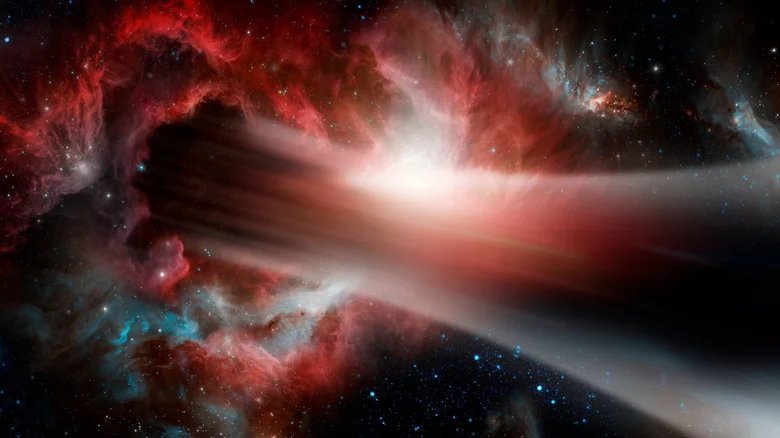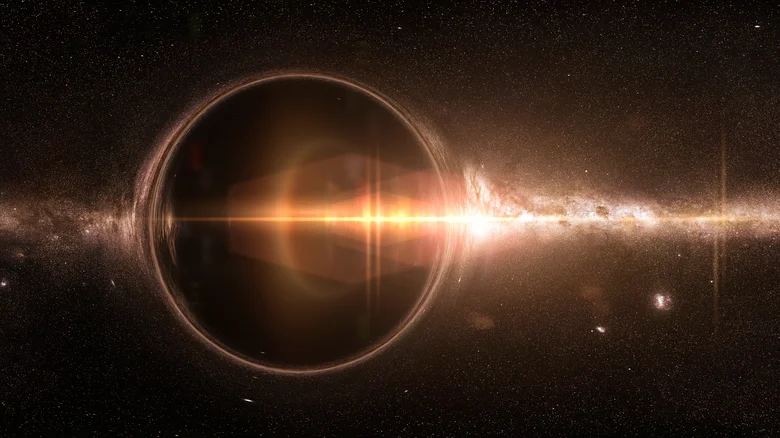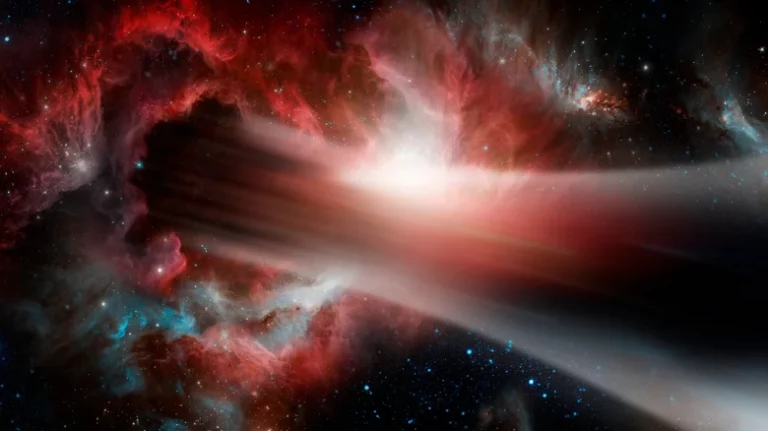Scientists Might Have Discovered a Way to Detect Wormholes (Assuming Their Existence)
Wormholes, a favorite of sci-fi books, games, and films, including “The Forever War,” “Portal,” and “Interstellar,” remain unproven in the natural world. However, a recent paper in the scientific journal “Physical Review D” outlines a clever framework from Chinese scientists to detect any wormholes that may be lurking in the depths of space.

To recap, wormholes are hypothetical tunnels in spacetime that can serve as shortcuts between two distant locations. They are not physical tunnels through Earth, but rather act as a form of teleportation. While still a theoretical concept, scientists have proposed a new approach to detecting these elusive objects. To do so, the scientists developed a mathematical model of wormhole behavior and analyzed how they might interact with existing celestial objects such as black holes, galaxies, and stars. The researchers found that current techniques used for astronomical observations could be used to search for wormholes. However, this approach requires accepting some assumptions and simplifications, and the search for wormholes may lead to even more mind-bending discoveries.
The mind-bending world of light bending

When an object has mass, it bends the space surrounding it. This effect is more pronounced the greater the mass of the object. Consider a photon, a single unit of light, traveling through the universe. Photons have an efficient or perhaps lazy characteristic in that they only travel along the shortest possible route from point A to point B, ignoring any distractions like a diner with great pie and sparkling restrooms along the way.
In the field of astronomy and related disciplines, the warping of space caused by massive objects like galaxies is highly advantageous. When light beams from remote objects on the other side of a galaxy are emitted, photons take advantage of the warped space as a shortcut. This results in the visibility of previously obscured objects and can also make far-off objects appear larger, a phenomenon referred to as gravitational lensing.
Based on the mathematical models they have developed, researchers have now concluded that wormholes may also produce gravitational lensing that magnifies objects behind them by up to 100,000 times. What’s more, early findings indicate that gravitational lensing from wormholes could be differentiated from lensing caused by other objects such as black holes. However, their model supposes that wormholes possess an electric charge and negative mass (an anomaly distinct from antimatter), and these are some significant assumptions. Nonetheless, the James Webb Space Telescope has already captured images of gravitational lensing, implying that this theory may be verified with a single fortuitous snapshot.
Do not forget to share your opinion with us to provide you with the best posts !




0 Comments